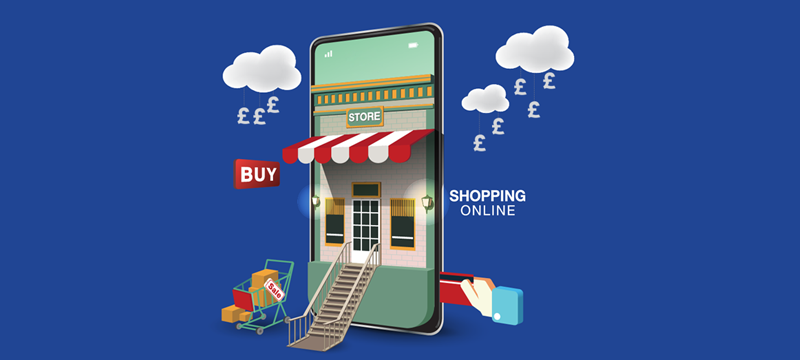While internet sales have grown from 2.8% to 17.1% of all retail sales over the last 10 years (source: ONS), having an eCommerce site is no guarantee of success. The tremendous increase in the number of online traders and the sophisticated and expensive techniques many of them use to attract new customers means that competition for sales is hotter than ever before. In this post, we’ll look at the ways that smaller eCommerce sites, which don’t have the luxury of Big Data market analysis or big marketing budgets, can improve their sales.
- Speed up your website
Speeding up how quickly your website loads on a user’s browser has been shown to have a significant impact on the number of page views, conversion rates and overall sales. According to Kissmetrics, even a one-second delay in loading time can reduce conversion rates by as much as 7%. Eradicating that delay, therefore, can be the difference between success and failure.
Why is website speed so important? Two reasons. Firstly, with high-speed broadband and 4G, internet users expect websites to load very quickly and will quit the site if the website hangs for long. Every user who leaves is, potentially, a lost sale. The other reason is that faster websites rank better on search engines. So, if your site loads faster, you’ll rank higher and you’ll get more traffic.
To increase website speed, you should use lightweight themes, uninstall unused plugins, use caching and content delivery networks, optimise images and use compression. In addition, you should also check that your web host uses high-performance servers that are optimised for website hosting. - Make your site trustworthy
Internet users are a savvy bunch and won’t hang around on websites that look untrustworthy. Unfortunately, some genuine businesses make mistakes on their site that makes them look less than reputable.
Here is a list of basic requirements needed on your website to convince customers that you are a legitimate business:
- Full contact details, i.e., telephone number, email address and physical address.
- Essential pages: contact us, terms and conditions and privacy policy.
- If you’re a limited company, display your company registration number.
- If you are VAT registered, display your VAT number.
- If you are affiliated with professional associations, display their trust symbols.
- Make your site safe for selling
The last thing you want potential customers to see when they look at your products is a notice from Google, Microsoft or Mozilla, telling them that your site is not secure. However, this is what happens to every Chrome, Edge, IE or Firefox user when they visit a website. If a site is secure, a padlock icon appears in the address bar, if it isn’t, it will say ‘not secure’ or show an information icon.
The only way your site can earn a secure padlock icon is by getting an SSL certificate from your web host. SSL certificates encrypt data sent between a user’s browser and your website preventing credit card details and other personal information being stolen during transit. Without an SSL certificate, many potential customers will be put off buying from you and will purchase products elsewhere. - Get reviews
Reviews have become an integral part of the online shopping experience and millions of people use them before making a purchase. According to Capterra, 88% of customers trust reviews as much as personal recommendations. If you haven’t set up reviews on sites such as Google My Business, Trust Pilot or Facebook, now’s the time to start.
Without reviews, your company is at a distinct advantage as customers don’t have any unbiased, third-party opinions on which to verify their purchasing decisions. Basically, it means you are an unknown quantity and, for many wary consumers, that’s too much of a risk.
Not only will a good set of reviews give new customers faith in buying from you, statistically, they are also likely to spend 31% more. That, in itself, should make it worth the effort. - Better presentation means better sales
First impressions count and if your Google Analytics data shows that people leave your site quite quickly (i.e., short session times and high bounce rates), then it’s a sign that your pages are not working effectively.
Often, this is because of badly written content or poor page design. You need to make sure that on arrival, a customer quickly gets to see the page’s value proposition and that it succinctly explains why they should buy your product or use your services. In other words, tell the customer the benefits of buying from you in a short, high-impact statement.
In addition, make sure images are high quality, website design is well presented and fitting your brand and that all written content is technically accurate.
Conclusion
With growing numbers of competitors and ever more sophisticated ways for them to market their products, it can be a challenge for small websites to grow and prosper. Hopefully, the five tips provided in this article will help you attract new customers, increase your conversion rates and boost your sales.
If you are looking for high-performance web hosting to help your site load quicker, visit our homepage to see our wide selection of web hosting packages.

